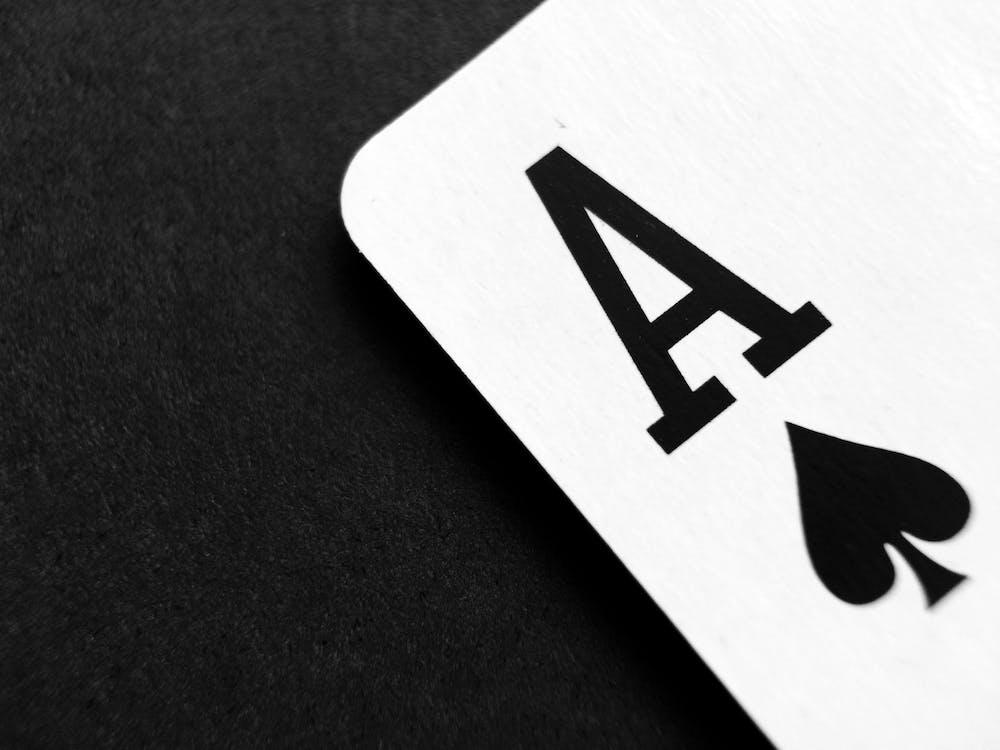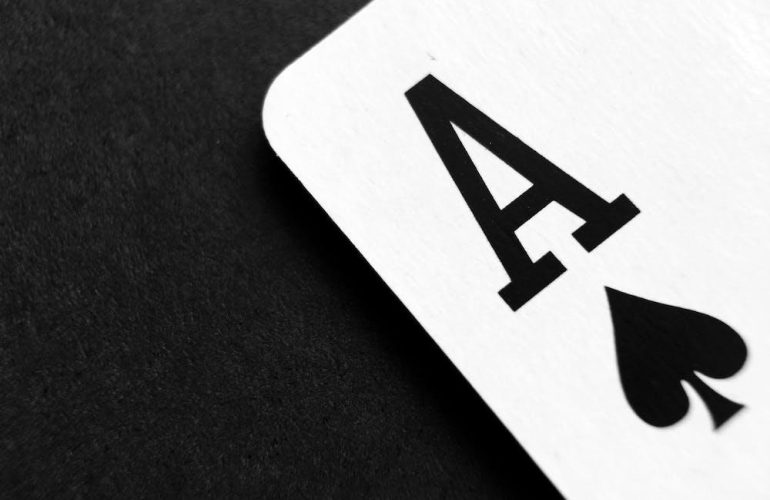Table of Contents
This guide provides an overview of fundamental poker concepts for beginning players. You will learn common terminology used in the game, how hands are ranked to determine winners, and important starting hand combinations to seek out.

Understanding these basics is key to making informed strategic decisions and improving your poker skills.
Poker Terminology
Knowing these fundamental poker terminology will help new players gain familiarity with poker’s language and allow you to better focus on learning core concepts.
Add-on – Additional funds contributed after exhausting initial buy-in.
Bad Beat – Losing strong hand to even stronger opponent hand.
Bicycle – Nickname for A-K offsuit starting hand combination.
Big Slick – Nickname for A-K offsuit starting hand combination.
Bluff – Bet made with weak holding to induce opponents’ folds.
Board – Community cards placed face up in center for all players to use.
Boat – Three-of-a-kind and a pair (full house).
Burn – Discard top card before dealing flop, turn, or river.
Button – Indicates player position relative to dealer.
Buy-In – Minimum funds required to play.
Call – Match bet or raise amount.
Cash In – Exchange chips for cash value after play.
Check-Raise – Check initially but then raise a bet.
Community Cards – Shared cards all players use in combination with hole cards.
Cowboys – Pair of eights.
Fifth Street – Another term for river card.
Final Table – Remaining players at end of tournament.
Fish – Weak or loose player who is easy to win money from.
Flush Draw – Holding cards of same suit needed for flush on turn or river.
Fourth Street – Another term for turn card.
Heads Up – Two remaining players matchup.
High Roller – Player who bets large amounts at high stakes games.
Hole Cards – Cards each player holds privately at beginning of hand.
Kicker – Unpaired card that plays tiebreaker role between equal hands.
Lay Down – Fold and discard one’s hand.
Also Read: Unmasking the Top Slot Experiences at Mr Green Casino: An Exclusive Insight
Ranking of Poker Hands
To understand which poker holdings are most powerful and deserve premium betting, it is essential to learn the official ranking structure used to determine the best hand in any showdown of online poker. Below is an outline of each category of hand from strongest to weakest.
- Royal Flush – Ten, jack, queen, king, ace of the same suit. Highest ranked hand, but also rarest.
- Straight Flush – Five cards of the same suit in consecutive rank order. Requires matching suit and consecutive ranks.
- Four of a Kind – Four cards of the same rank. Ranked by the quad rank.
- Full House – Three cards of one rank plus two of another rank. Ranked by the three of a kind.
- Flush – Five cards of the same suit, but not in consecutive rank order. Suit alone determines the winner.
- Straight – Five cards in consecutive rank order but not of the same suit. Ranked by highest card.
- Three of a Kind – Three cards of the same rank. Ranked by the triple rank.
- Two Pair – Two cards of one rank plus two of another rank. Ranked by highest pair first.
- One Pair – Two cards of the same rank. Ranked by the pair rank.
- High Card – Highest card by rank if no other hand is formed.
Important Winning Hands for Beginners
While it is not possible to guarantee victory in poker, there are certain starting hand combinations that offer beginners strong odds of winning showdowns or improving to the best hand on later streets.
Pocket Pairs
Holding a pair of any rank offers decent chances of remaining ahead if other players do not pair their board cards or form two pair or better.
Pocket aces and kings are at the top of starting hand desirability due to their strength and potential for winning immediately. It is usually worth calling or raising pre-flop with any pocket pair.
Broadway Cards
Holdings like AK, AQ, AJ, KQ balance a high card with potential for making a straight or flush. Their strength makes calling a standard raise defensible pre-flop.
Multi-way pots increase risk but also odds of improving, so a raise can be justified to isolate opponents heads up.
Flush Draws:
Holding cards of the same suit gives a chance to form the highest ranked flush if subsequent street cards fall favorably.
The potential power of the hand makes calling or even raising standard opens worthwhile, since additional callers increase the chance of hitting the flush.
Open-Ended Straight Draws:
Holdings like 78s or T9s offer multiple street cards that could complete a straight. Their potential for improvement, combined with relative strength if called, makes it reasonable to see a flop.
However, risk increases with additional opponents also drawing.
When to Fold
While the goal in poker is usually to see hands to completion, there are situations where folding prematurely is the soundest strategic decision – especially for beginners looking to avoid unnecessary losses.
Out of Position
It is generally better to fold before the flop if out of position (acting after others) with a marginal starting hand.
This prevents having to make difficult decisions out of position post-flop with incomplete information.
Outmatched Post-Flop
If the flop does not significantly improve a hand but opponents continue aggressive betting, it is prudent to fold. Chasing with a draw or speculative hand risks losing value.
Draw to an Inferior Hand
Some draws like open-ended straight or flush draws require improved odds to continue calling if completing would only make a mediocre hand like a pair.
Multi-Way Pots
The more opponents still involved in a hand, the less likely it is any one player holds the best hand. Tight and early folds become more +EV with each additional player.
Big Stack Bullying
It is usually correct to fold to large pre-flop raises from aggressive players holding big chip stacks. The implied odds rarely favor marginal starting hands.
Also Read: Psychology of Board Games and Student Behavior
Conclusion
Now that you understand essential poker terminology, hand rankings, and strong starting hands, you have a solid framework to start building your game.
Remember that experience is the best teacher – use this guide as a reference as you play more hands. Focus on recognizing valuable opportunities rather than chasing longshot draws.



